Hiking also challenges your endurance, especially at high altitudes. Hiking regularly can help you get used to the low oxygen environment and improve your VO2 max.
1. Climbing

Climbing builds the muscles in your arms, legs, core and shoulders. It also improves your balance and helps define your abs. However, if you want to build big muscles and be able to bench and squat double your weight climbing alone won’t be enough. Advanced climbers often supplement their climbing with strength training to get those results.
Each climbing route or problem focuses on different muscles, so it’s important to balance out your workouts with the other major muscle groups. For example, climbing can naturally build up your front shoulder muscles so it’s good to add work outs for the back shoulder to avoid imbalances.
2. Downhill
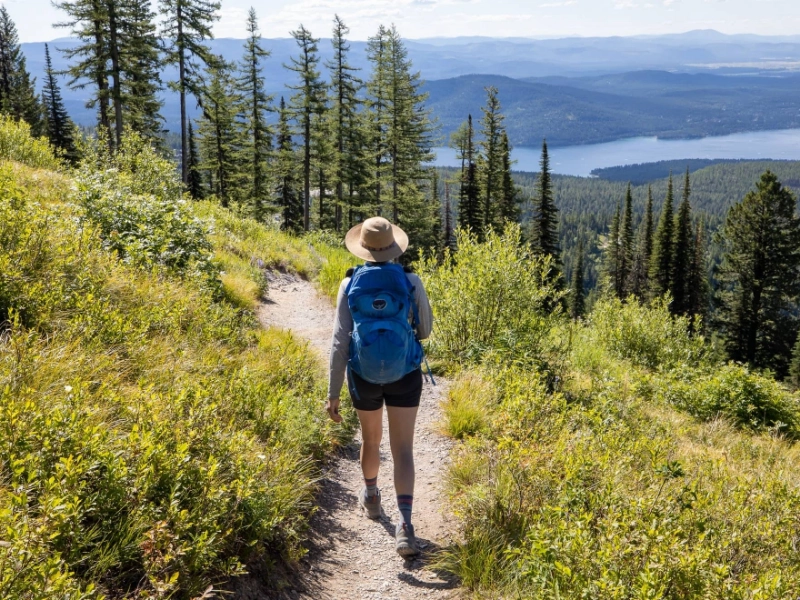
Most hikes include climbing a hill or mountain and then walking back down, a combo that can be tough on muscles and joints. Going downhill combines impact and eccentric muscle work, which is the lowering phase of movement and what causes the most soreness after a long hike.
Walking on a decline also challenges the smaller stabilizer muscles that can help prevent injury. Hiking can help improve balance and posture, which in turn strengthens the core. Plus, because muscle tissue is denser than fat tissue, building muscles may reduce body weight and increase metabolism.
3. Changing Terrain
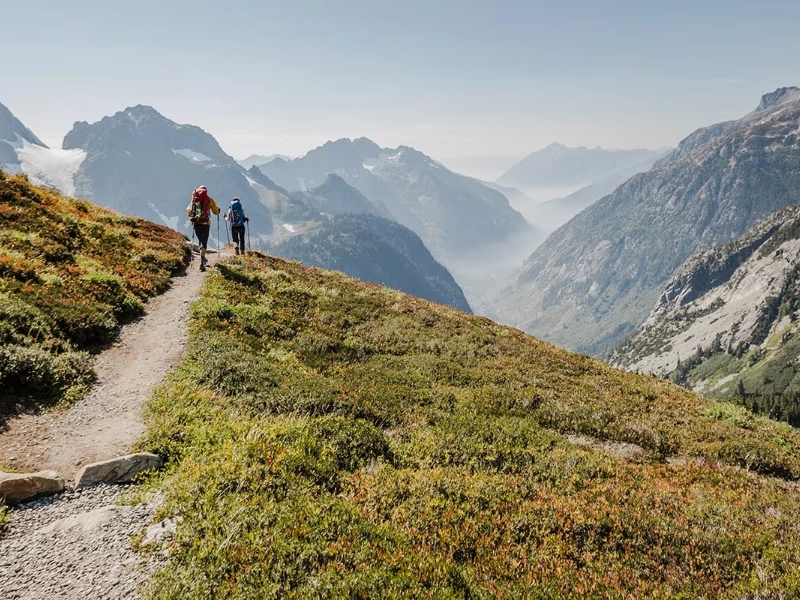
During most hikes, you will have to climb up and then descend, which strengthens your glutes, quads, hamstrings, hip flexors and calves. And as you know, muscle tissue burns more calories than fat tissue does.
Hiking also increases your endurance and can boost VO2 max, especially if you hike at high elevations. Hiking regularly can also make your muscles adapt to using less oxygen, which could improve your performance the next time you run or bike.
Additionally, the uneven terrain of hiking forces your body to use smaller stabilizer muscles, which contributes to a leg-toning workout. Pair hiking with a regular strength training program to get the best results.
4. Walking
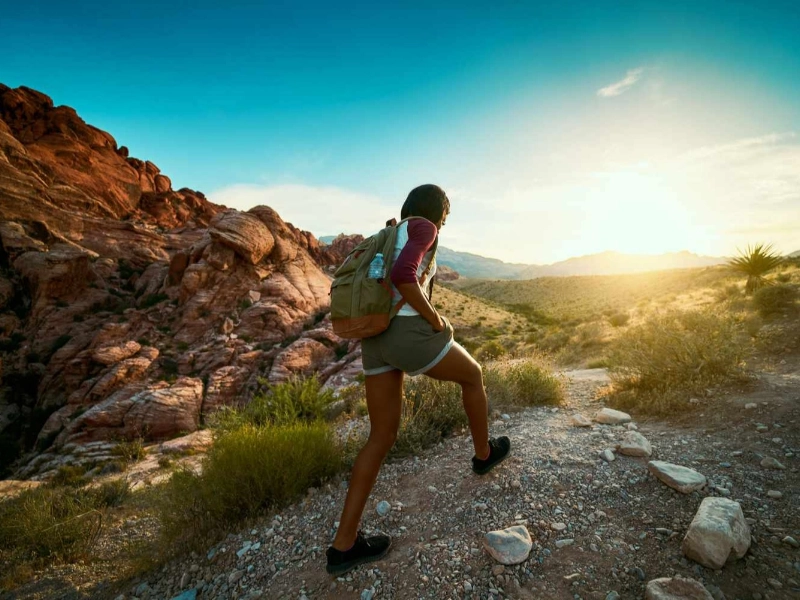
Hiking is a great leg day alternative to actual weight training, but don’t expect your muscles to grow overnight. Like any other exercise, hiking only builds muscles when done regularly with adequate volume and intensity. The body also needs rest days to repair the micro-tears caused by working out and grow new muscle.
The different terrain of hiking naturally targets different leg muscles for a more comprehensive workout than walking on flat surfaces alone. Plus, the instability of hiking forces the body to engage smaller stabilizer muscles to stay upright.
5. Lunges
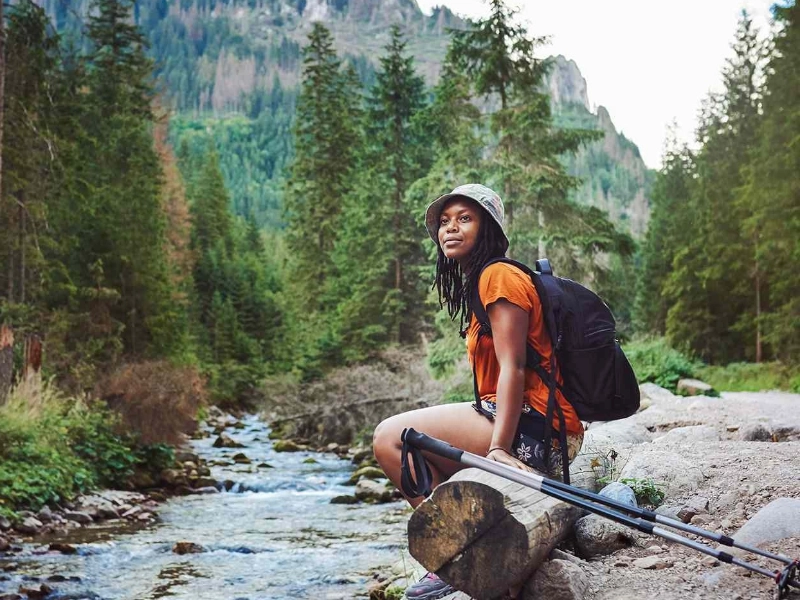
Lunges are a great lower body exercise that helps tone your thighs. This single-leg movement targets the glute muscles, quads, hamstrings, core and inner thigh muscles. It also improves your balance and coordination, and it’s a good addition to a functional workout since lunges mimic movements you do in daily life like climbing stairs or bending down to tie your shoes.
Many other lower-body exercises like barbell squats require a spotter to help you perform them safely and correctly, but lunges can be done with just your body weight. This makes them a safer option for beginners or those who prefer to train alone.
6. Weighted Vests
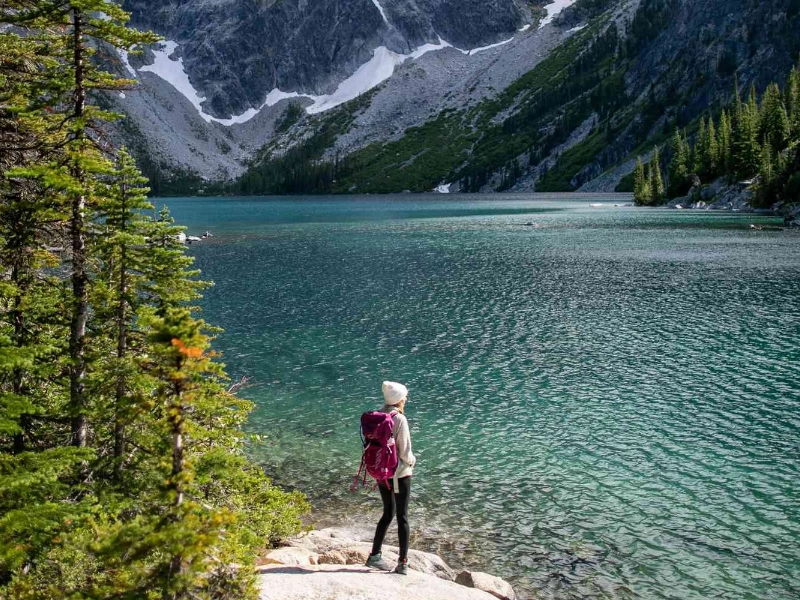
A weight vest is a great tool for anyone looking to improve their strength and endurance. It forces your body to exercise as if it were much heavier, which in turn makes exercises like running or jumping much harder.
Just be careful with the amount of weight you use, especially if you’re new to this type of training. You don’t want to overdo it and risk injury.
There are several different types of weighted vests on the market, but one good option is a shoulder holster style. These fit like a backpack and distribute the weight evenly over the shoulders and upper back for less joint impact.
7. Pushups
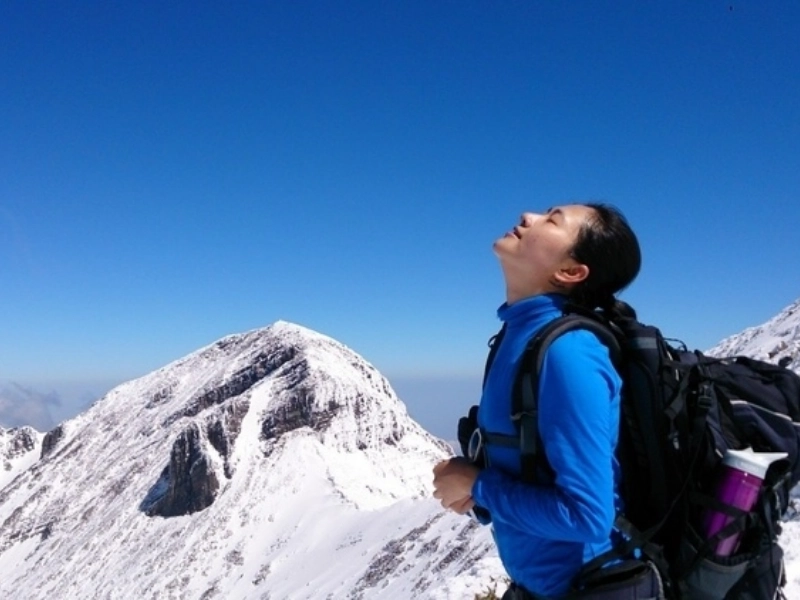
Hiking is a weight-bearing exercise that works your legs to strengthen bones and create more muscle definition. It also builds endurance for higher-intensity activities like running and biking, and helps your body adapt to lower oxygen environments at high altitudes.
The quadriceps muscles – the rectus femoris, vastus lateralis, and vastus intermedius muscles on the front of your thighs – are worked hard as you hike uphill and navigate uneven terrain. The hamstrings, in the back of your upper thigh, are also engaged as you trek uphill or bend your knees to step over rocks and roots on the trail.
Advertisement
Recommended Reading: The World's Top 5 Most Gorgeous Beaches
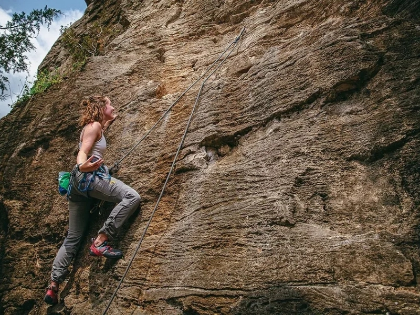
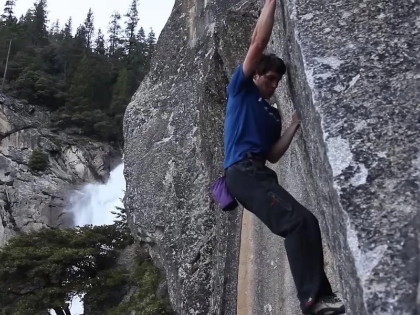

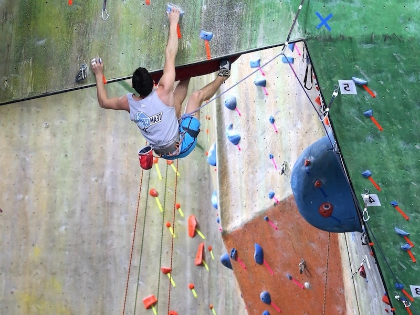


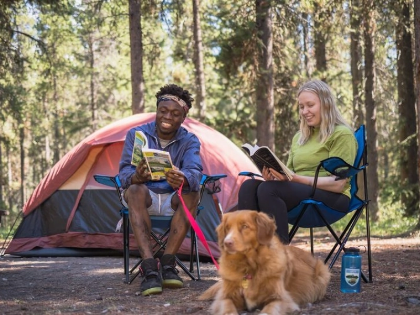

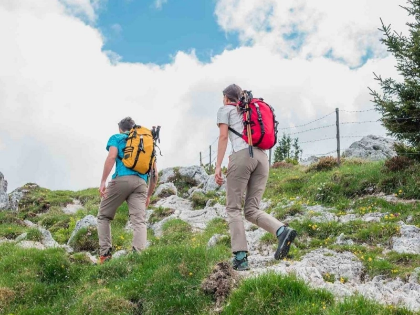
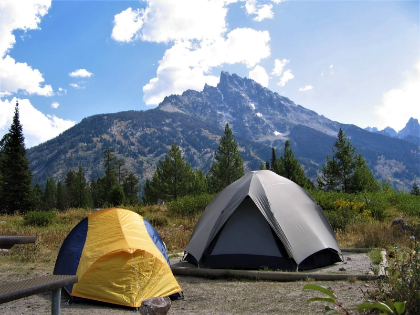

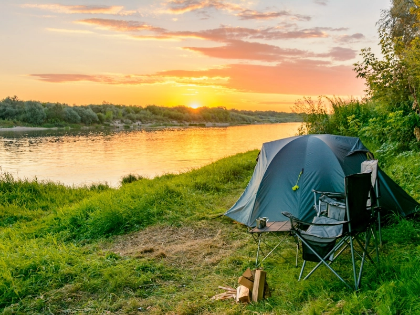
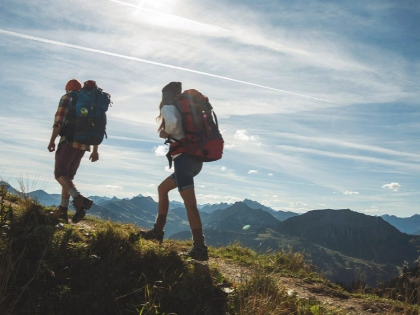

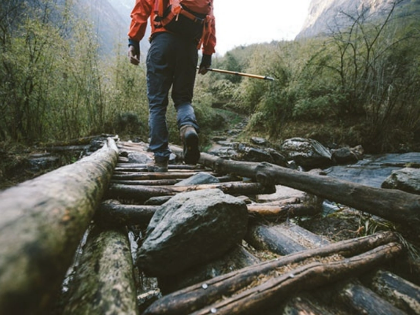
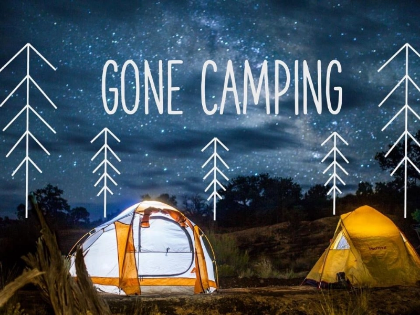
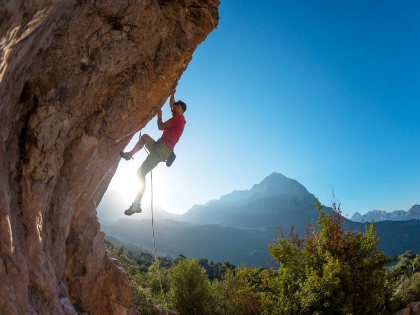
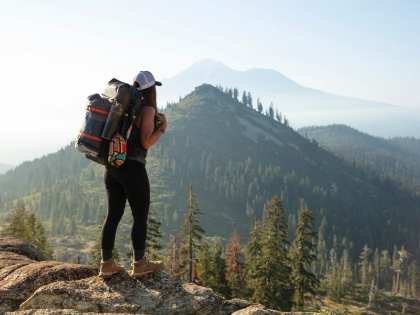


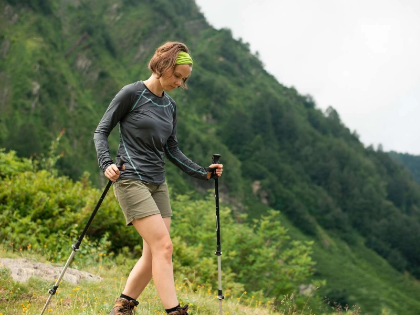



Loses no fidelity in summary.
Prime candidate for a flowchart.
I appreciate the clarity—others?
Encourages pre-mortem culture.
Thoughtful. What metric would you track?